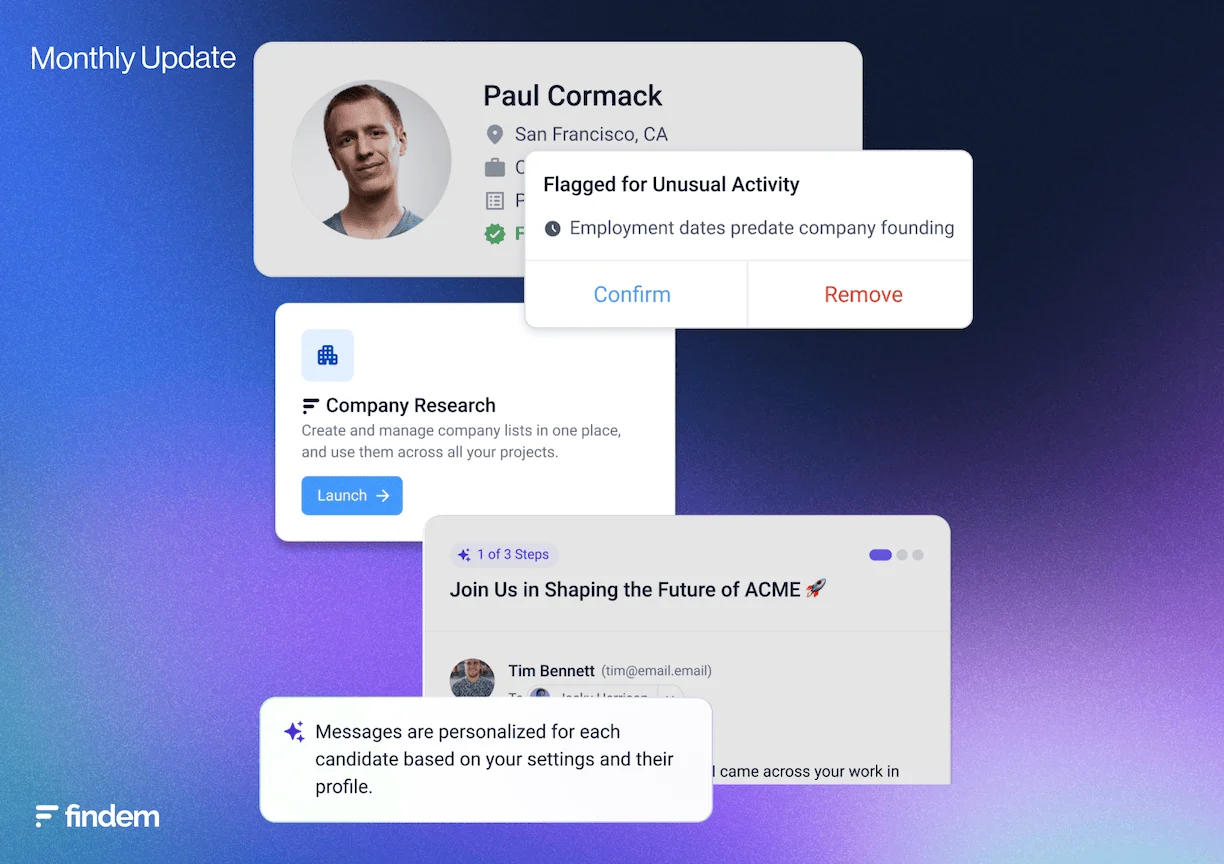.svg)

.svg)
AI adoption in HR has accelerated faster than the policies and protections surrounding it. New regulations — from the EU AI Act to GDPR and California’s CCPA — are reshaping what “secure AI” means, and HR teams are feeling the pressure. By 2028, Gartner predicts that over 50% of enterprises will use AI security platforms to protect their AI investments.
That scrutiny is warranted. People data is among the most sensitive an organization holds. When it moves through AI systems, the stakes rise: data leakage, biased outputs, opaque decision-making, and fraudulent identities can all undermine trust.
But AI in HR doesn’t have to introduce new risk. When designed with privacy, provenance, and explainability at the core, it can actually reduce security exposure. Here’s what HR leaders need to know to evaluate solutions confidently.
How secure are AI platforms for HR?
Security in HR isn’t only about locking down data. It’s about controlling where data flows, understanding how AI uses it, and being able to explain and audit every step.
Most AI falls into two categories:
Generic AI trained on public data
These models learn from scraped, self-reported, or crowd-sourced information. They can be powerful for general tasks, but risky in HR:
- You often don’t know where the data originated.
- You can’t verify accuracy or consent.
- Profiles may be incomplete, misleading, or fabricated.
- The system can’t explain why it surfaced a candidate.
Domain-specific AI built for HR
Purpose-built models rely on verified, contextual, and consented data sources. They are designed for talent decisions, not retrofitted from consumer tools. With this approach, transparency and governance are built in — including data lineage, audit trails, explainability, and human oversight.
This is how Findem’s architecture works: secure integrations into customer-owned systems, verified career and company data from 100K+ public professional sources, and a unified, explainable model that never repurposes one customer’s data to train another’s.
For HR leaders looking to implement AI, the core questions remain the same:
- Can I trust AI with sensitive employee and candidate data?
- How do I evaluate vendors for compliance?
- What guardrails and governance do we need internally?
Security risks of using AI in HR
Data privacy and security breaches
When AI platforms ingest data from unsecured or shared sources, companies risk exposing sensitive information. This is especially true if the provider uses customer data to train global models or relies on large datasets of unknown origin.
What good looks like:
- Data encrypted in transit and at rest
- Clear residency controls
- No public scraping used to train models
- Customer data isolated per tenant
- Full audit logs for data access and model activity
Findem integrates securely into your ATS and HR systems and isolates every customer environment. Data never leaves the enterprise boundary, and it is never used to train a global model — a critical safeguard for GDPR, CCPA, and upcoming AI regulation compliance.
Algorithmic bias
Bias arises when AI learns from incomplete or skewed datasets. Generic AI trained on public profiles often infers attributes that don’t correlate with job success, or worse, proxies for protected characteristics.
What good looks like:
- Explainable modeling
- Transparent attribute definitions
- Clear rationale behind matches or rankings
- Ability to audit model performance
Findem replaces assumption-driven models with expert-labeled Success Signals — multi-dimensional indicators of career journey, impact, and role alignment. These signals rely on verified data rather than public proxies, and they reveal what truly predicts on-the-job success. Traits like “college athlete” or “former founder” often correlate with hiring bias, not performance; Success Signals eliminate those patterns.
Fraudulent candidates
AI-generated resumes, synthetic identities, and coordinated interview fraud are rising. Candidates can now generate an entire work history that looks legitimate, or even have someone else show up for the job.
What good looks like:
- Cross-verification across independent sources
- Detection of identity inconsistencies
- Corroborated work history
Findem verifies candidate data across 100K+ sources, from company filings to publications, code repositories, and patents. This triangulated view makes it far harder for fabricated profiles or falsified credentials to slip through.
Compliance and legal exposure
New AI regulations require transparency, fairness testing, disclosure to candidates, and auditable decision-making. Tools built on public, unverifiable data or opaque logic put employers at risk.
What good looks like:
- Clear compliance documentation
- Ability to conduct and support independent audits
- Human-in-the-loop oversight
- Transparent data provenance
Findem is built for HR compliance from the ground up. Every decision is explainable and auditable, and humans remain fully in control of hiring decisions. This avoids the “full automation” risk surfaced in regulations like NYC 144 and the EU AI Act.
How to mitigate AI security risks in HR
Implement robust data protection practices
- Choose vendors that process and store data securely with encryption and access controls.
- Ensure integrations keep data within your environment instead of exporting it elsewhere.
- Require clear documentation of data lineage, retention, and residency.
Promote transparency and fairness
- Insist on explainable AI to understand why candidates are surfaced.
- Use bias tests, scorecards, and ongoing monitoring.
- Favor attribute-based modeling over opaque scoring.
Establish governance and human oversight
- Build an AI governance framework for HR that covers model use, approvals, audits, and escalation paths.
- Assign internal owners for AI security, legal review, and compliance.
- Keep humans in control: if outputs stop matching expectations, intervene early.
Address fraud proactively
- Adopt tools that corroborate candidate data across multiple independent sources.
- Train recruiters to identify synthetic resumes or suspicious interviews.
- Incorporate identity checks earlier in the process, especially for sensitive roles.
Security and innovation don’t have to be trade-offs
HR doesn’t need to choose between adopting AI and staying secure. With a domain-specific, explainable, and compliant architecture, AI can protect sensitive data, reduce risk, and strengthen trust while delivering the efficiency and precision HR teams need.


.svg)








